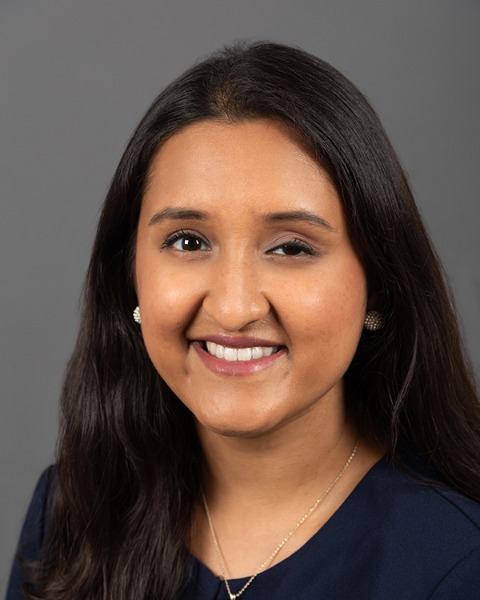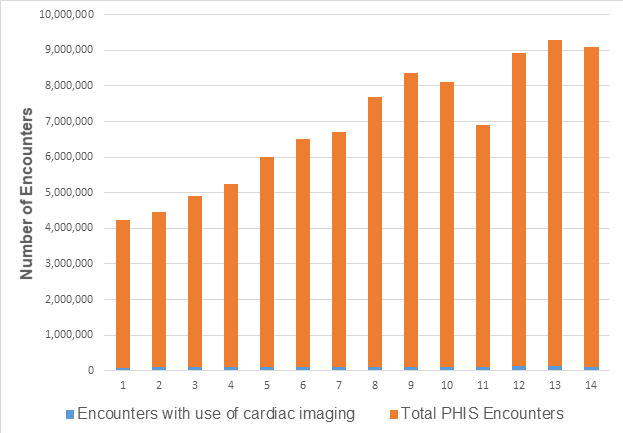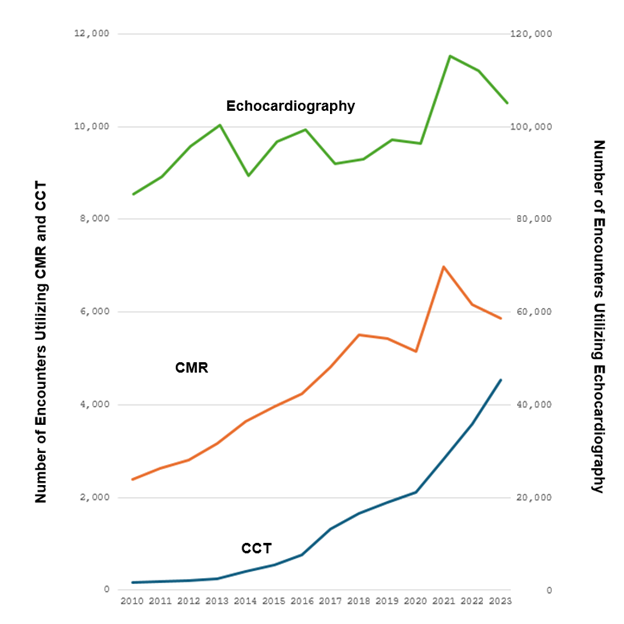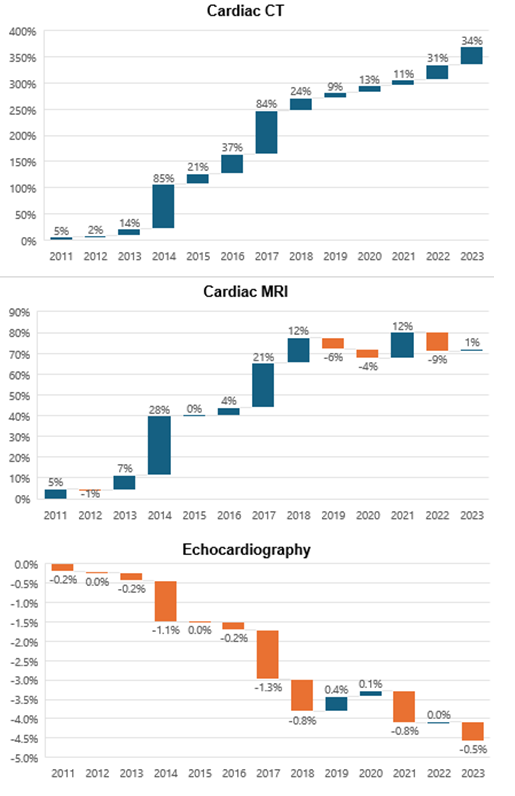Cardiology 1
Session: Cardiology 1
134 - Contemporary Trends in Inpatient Utilization of Cardiac Imaging Tests at Children’s Hospitals
Friday, April 25, 2025
5:30pm - 7:45pm HST
Publication Number: 134.4317
Karina Javalkar, Boston Children's Hospital, Boston, MA, United States; Yuanyuan Fu, Boston Children's Hospital, Boston, MA, United States; Stuart Lipsitz, Boston Children’s Hospital, Boston, MA, United States; Ashwin Prakash, Boston Children's Hospital, Boston, MA, United States; Rebecca Beroukhim, Boston Children's Hospital, Boston, MA, United States; Sunil J. Ghelani, Boston Children's Hospital, Boston, MA, United States

Karina Javalkar, MD
Pediatric Cardiology Fellow
Boston Children's Hospital
Boston, Massachusetts, United States
Presenting Author(s)
Background: Of the three main cardiac imaging modalities in pediatrics (echocardiography, cardiac CT (CCT) and magnetic resonance (CMR)), each has some overlap in diagnostic capability.
Objective: With increased availability of CCT and CMR, we aimed to determine national annual trends in their relative utilization. In addition to better characterizing the changing landscape of pediatric cardiac imaging, a deeper understanding of utilization trends can be used to: (1) define their appropriate use in pediatrics, and (2) guide resource allocation and access to these modalities.
Design/Methods: This retrospective observational study used data from the Pediatric Health Information Systems (PHIS) database which includes 49 children’s hospitals’ clinical and billing data. Encounters between 2010-2023 were queried for cardiac imaging codes. The total number of cardiac imaging tests and inpatient encounters were tabulated (repeated tests of the same modality per inpatient encounter were excluded from the calculation). The percentage of encounters that utilized any cardiac imaging was calculated as: “%imaging tests”= (# encounters utilizing cardiac imaging / # inpatient encounters in PHIS) * 100. The primary outcome was the change in “%imaging tests” per year within each imaging modality subgroup (echo, CCT, CMR) defined as %Diff = % imaging tests (year 2) - % imaging tests (year 1).
Results: A total of 95,021,317 inpatient encounters were queried, of which 1,426,214 had at least one of the 3 imaging tests performed. These encounters were included in subsequent analyses. Although the total number of encounters and total use of cardiac imaging increased over the study period, the %Diff remained stable at approximately 1-2% each year (Figure 1). Figure 2 depicts the total frequency of encounters utilizing each modality by year. Figure 3 demonstrates the year-over-year change in %Diff for each imaging test. Between 2010-2023, the use of CCT increased the most (+350%) followed by CMR (+75%). The use of echocardiography decreased slightly (-5%) over the study period. CCT use showed the greatest increase in 2013 and 2016 (>84%). CMR use was relatively stable between 2018-2023.
Conclusion(s): The use of pediatric CCT has consistently increased over the last decade. Further analysis of these data will examine the influence of age, diagnosis and indications, disease severity, and geographic region on the trends in testing utilization. Results of this study has broad implications in terms of resource allocation as well as training of next-generation cardiac imagers.
Figure 1
 PHIS Encounters Utilizing Cardiac Imaging by Year
PHIS Encounters Utilizing Cardiac Imaging by YearFigure 2
 Frequency of encounters utilizing each cardiac imaging test type by year
Frequency of encounters utilizing each cardiac imaging test type by year Figure 3
 Waterfall graph showing year-over-year change in the percentage of encounters utilizing each cardiac imaging test
Waterfall graph showing year-over-year change in the percentage of encounters utilizing each cardiac imaging test
